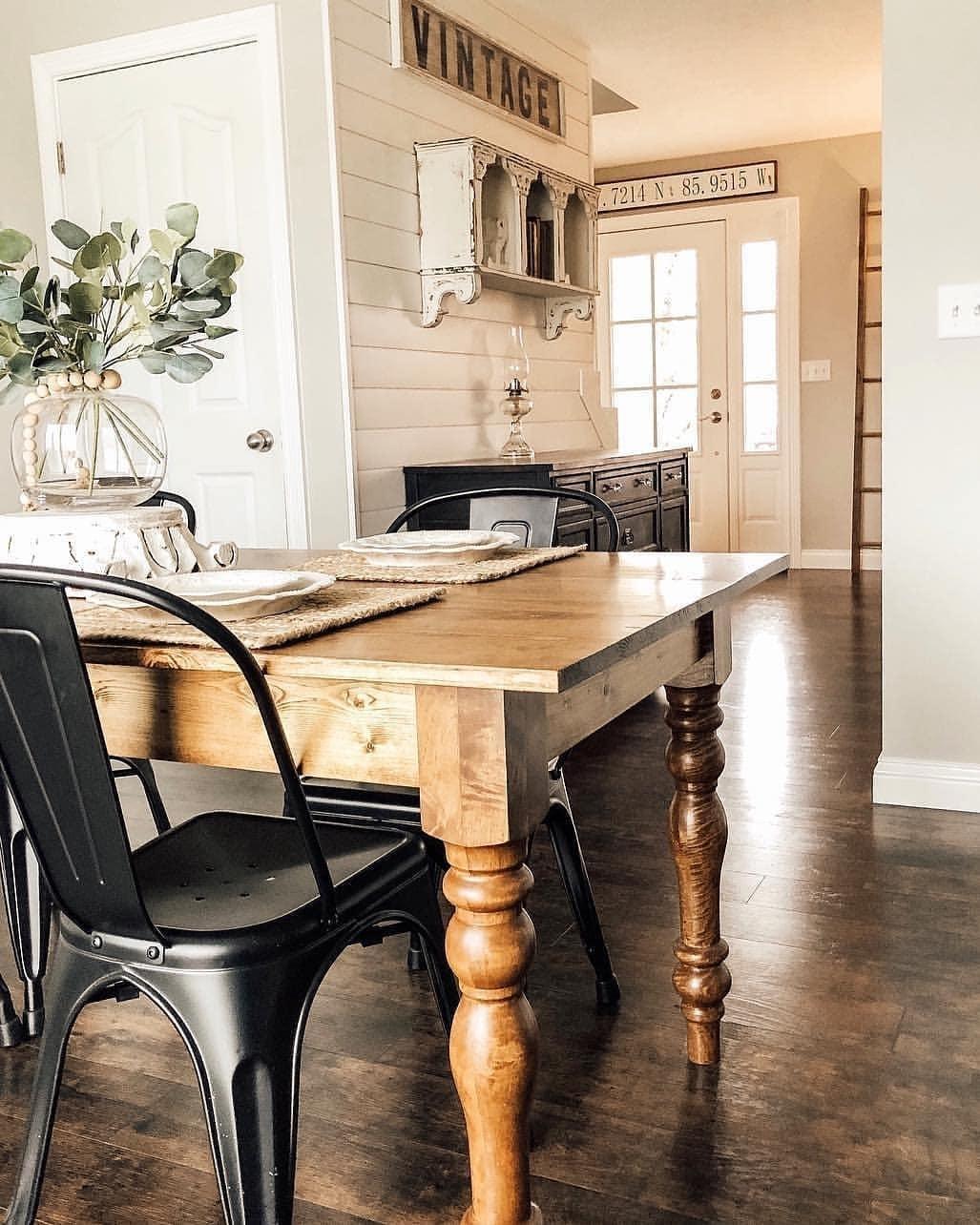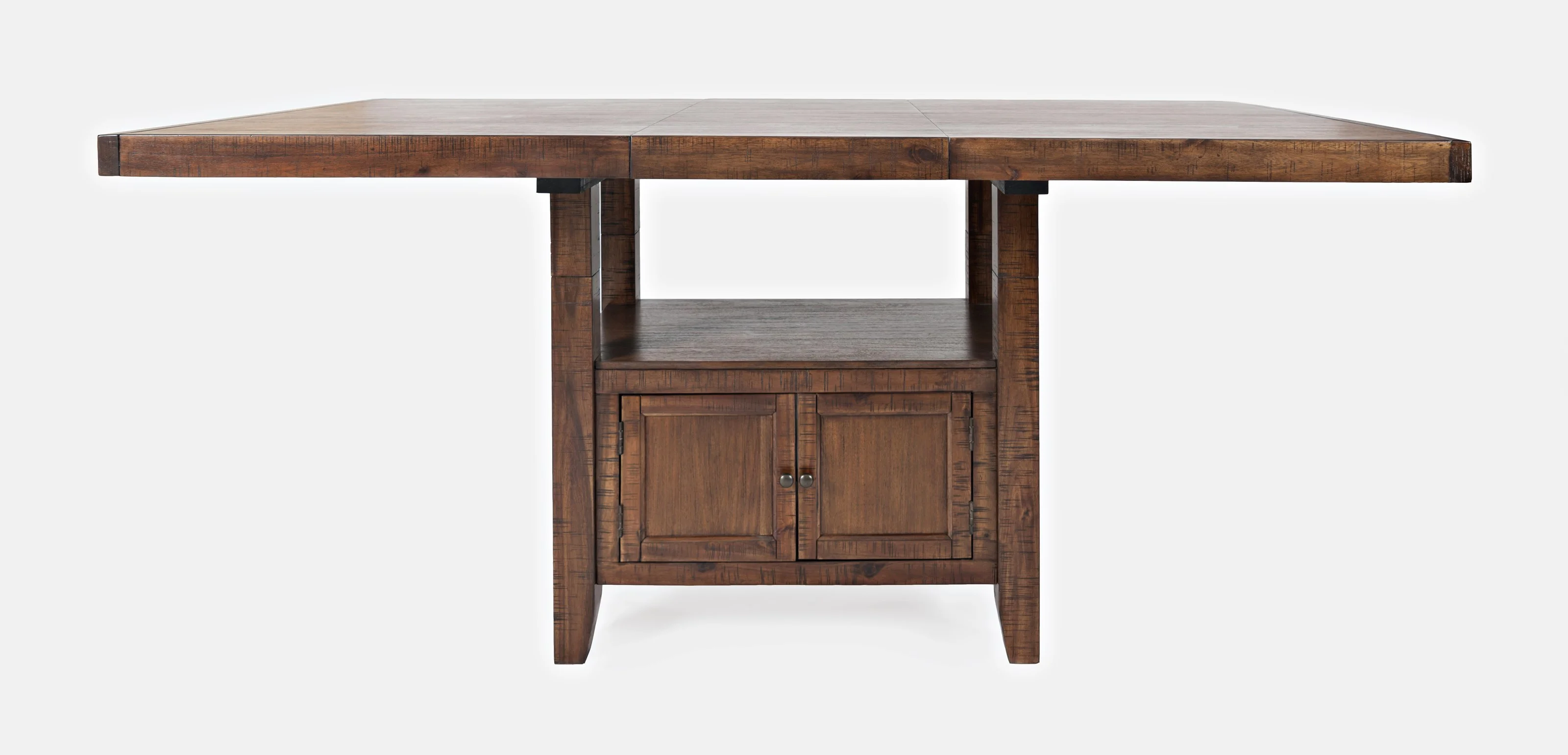From Conventional to Modern: Discover the Perfect Dining-room Table Legs for Your Design
The choice of dining area table legs plays a pivotal duty in specifying the overall character of your area, linking the space in between conventional craftsmanship and modern-day appearances. While classic designs such as cabriole and transformed legs evoke a sense of ageless sophistication, modern designs like hairpin and geometric choices present an opportunity for striking visual rate of interest. Examining the best equilibrium between these styles needs a nuanced understanding of your existing design and personal preference. As you consider these aspects, the inquiry remains: how can you flawlessly incorporate these diverse leg designs to create an unified eating experience?
Comprehending Table Leg Styles
The selection of dining-room table leg styles can substantially influence both the aesthetic appeals and performance of the area. Each leg design contributes one-of-a-kind sensible features and visual components, satisfying diverse layout choices and usage demands. Comprehending these designs is essential for picking the appropriate table that lines up with your total indoor style vision.
For circumstances, tapered legs supply a tidy, traditional look that can boost a space's elegance, while pedestal bases provide stability and take full advantage of legroom, making them excellent for smaller spaces. Hairpin legs, a characteristic of mid-century modern-day design, introduce a commercial style, permitting a ventilated, open feeling. Trestle legs stimulate rustic charm, giving durable support and a feeling of eternity.
Wood legs can bring warmth and texture, whereas steel alternatives commonly communicate a streamlined, contemporary ambiance. Eventually, recognizing table leg designs is vital for creating a natural dining location that shows individual design while making sure usefulness and convenience.
Typical Table Leg Options
When selecting dining-room table legs, conventional options frequently embody timeless sophistication and workmanship. These layouts mirror a rich heritage and a commitment to top quality, making them ideal for those who appreciate timeless appearances.
One of the most iconic traditional leg designs is the cabriole leg, identified by its stylish rounded shape. This style frequently includes ornamental carvings and is most generally located in Queen Anne and Chippendale furniture. An additional prominent alternative is the turned leg, which flaunts a collection of smooth, rounded shapes that supply a classic look while preserving security.
Additionally, the straight leg, while basic, offers a sturdy and basic structure that can blend effortlessly with a selection of tabletop styles. For those drawn to ornate detailing, claw-and-ball feet legs evoke a sense of majesty and can work as a magnificent centerpiece in any eating space.
Finally, pedestal bases, although not strictly legs, give a different standard option that enables adequate legroom and can be beautifully sculpted. Each of these standard leg styles adds to the general atmosphere of a dining-room, marrying feature with visual appeal.

Modern Table Leg Styles
Modern table leg designs supply a diverse variety of designs that emphasize cutting-edge materials and tidy lines. These styles often focus on functionality while offering as striking focal points within an eating room. Minimalist aesthetics prevail, with legs crafted from materials such as metal, glass, and crafted wood, which add to a ventilated and contemporary feel.
One preferred design is the hairpin leg, identified by its slender, tapered framework that provides stability without frustrating the table top (dining room table legs). This style is commonly found in mid-century contemporary furnishings and can effortlessly match numerous table shapes. One more fad is using geometric shapes, where legs may handle asymmetrical or angular types, including aesthetic interest and a touch of artistry

Mixing Designs for Distinct Rooms
Frequently, property owners seek to create unique eating rooms that show their personal style by blending numerous style aspects. This method enables the incorporation of varied aesthetics, resulting in an unified yet unique atmosphere. As an example, coupling a rustic wood table with smooth, modern steel legs can produce a captivating contrast that boosts the space's overall allure.
Furthermore, incorporating vintage table legs with modern tabletops can stimulate a sense of background while maintaining a modern-day sensibility. Such mixes not only display private preference however also motivate creativity, permitting property owners to curate a room that feels both personal and welcoming.
Color plays a critical function in this mixing process; choosing table legs that complement or contrast with the existing shade scheme can improve aesthetic rate of interest. Whitewashed legs can soften the daring of a dark table surface, producing a well balanced aesthetic.
Tips for Selecting the Right Legs
Selecting the right table legs is vital for achieving both functionality and aesthetic allure in your eating space. Begin by taking into consideration the overall style of your space. Typical setups gain from legs that include intricate carvings or transformed layouts, while modern spaces may require streamlined, minimal styles.
Next, evaluate the elevation and security of the legs. dining room table legs. Standard table range between 28 to 30 inches in height, so make sure the legs enhance this dimension for convenience. Additionally, robust materials, such as hardwood or metal, can enhance stability and durability
Examine the leg form too-- alternatives consist of right, tapered, or stand layouts. Straight legs supply a classic look, while tapered legs can add a touch of elegance. Pedestal bases provide sufficient legroom and are optimal for smaller areas.
Final Thought
In summary, choosing the optimal dining-room table legs needs cautious consideration of article source both modern and traditional designs. Typical alternatives such as cabriole and transformed legs provide timeless elegance, while modern layouts like barrette and geometric shapes offer a contemporary touch. By integrating leg design, height, and material with the total decor, a natural and inviting atmosphere can be attained. Inevitably, the selected table legs should mirror the wanted aesthetic, enhancing the eating experience within read this post here the area.
The selection of eating room table leg styles can considerably influence both the aesthetic appeals and functionality of the space. Inevitably, comprehending table leg styles is essential for producing a cohesive eating location that reflects personal style while making sure functionality and comfort.One of the most renowned standard leg styles is the cabriole leg, identified by its elegant bent form. Straight legs offer a traditional look, while tapered legs can include a touch of elegance.In recap, choosing the excellent dining room table legs requires mindful consideration of both contemporary and typical styles.
Comments on “Why Dining Room Table Legs Are Crucial for Your Table’s Stability”